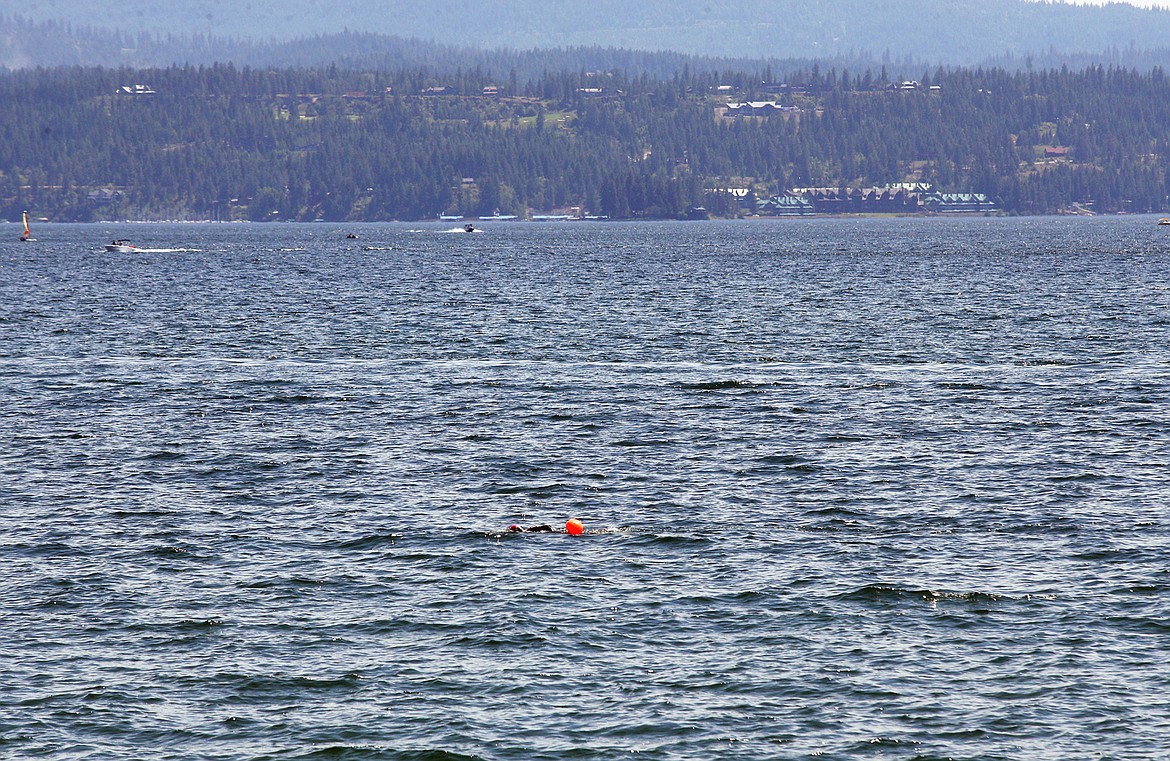Lake advisory committee dives into action
Members of a new advisory committee have three months to identify projects that could improve the health of Lake Coeur d'Alene by 2023.
The Coeur d'Alene Lake Advisory Committee met Thursday for the first time. The goal was to establish a base knowledge of local water quality issues and open project solicitation.
As part of Gov. Brad Little's Building Idaho's Future initiative, the CLAC is tasked with pinpointing projects eligible for $2 million in state funding.
Open solicitation for nutrient-reducing projects in the Coeur d'Alene Basin begins next week with the intent of finalizing funding allocations by the year's end.
Types of projects the CLAC will prioritize are those that:
• Reduce or control nutrient and sediment loading entering Lake Coeur d'Alene and basin tributaries.
• Manage wastewater and stormwater runoff, or
• Stabilize waterway banks
Idaho Department of Environmental Quality Regional Administrator Dan McCracken said projects ready for quick implementation and with the most significant phosphorus loading reduction would receive priority.
Millions of tons of metal contaminants like zinc, cadmium and lead in the Coeur d'Alene Basin stem from historic mining activities in the Silver Valley. Since the mid-1970s, metal concentrations have declined due to imposed environmental regulations. However, the levels of nutrients like phosphorus have inclined, IDEQ limnologist Craig Cooper said.
"It's primarily an ecological issue. There is no direct exposure to humans as it sits on the bottom," McCracken said. "It is somewhat of a delicate situation in that the water quality of the lake itself controls the stability of those metals at the bottom."
Instead of dedicating the lake to a federal Superfund site, the state of Idaho and Coeur d'Alene Tribe partnered to develop a Lake Management Plan to manage phosphorus loads entering the lake.
High levels of nutrients like phosphorus cause eutrophication which increases algae growth and lowers oxygen in water bodies, Cooper said. If the oxygen levels in Lake Coeur d'Alene decrease, the metals resting on its bed will release, damaging the basin's health, he said.
"This is what we're trying to avoid," Cooper said.
Since the entities completed the Lake Management Plan over a decade ago, McCracken said water quality data has worsened toward higher trophic levels. IDEQ data estimates about 100 tons of phosphorus is loaded into the lake annually.
Human activities play significant roles in nutrient loading, McCracken and Cooper said.
Point source discharges stem from municipal wastewater, stormwater, commercial and industrial discharges into waterways.
During the Thursday meeting, Little recognized how the water quality in Lake Coeur d'Alene plays a role in supporting North Idaho.
"Obviously the water quality of not only the lake but the tributaries that contribute to it are a part of that for this generation and future generations," he said.
The next CLAC meeting is Oct. 20. The third and final CLAC meeting on Nov. 17 will rank priority projects and determine which proposals will go forward to the Panhandle Basin Advisory Group. The IDEQ director will make final project award decisions.

